
Random object generators are a good way to stimulate creative juices, brainstorm some writing, and even get in some practice vocabulary. They basically work on the principle of providing the user with a random selection of objects to which they can react and build upon.
In this article, a comparison of the top five random object generators will be given on pricing, pros and cons, and key features so that it is easy for you to make the right choice as per your requirement.
Keep reading, keep learning!
Here are the Top 5 Random Object Generators
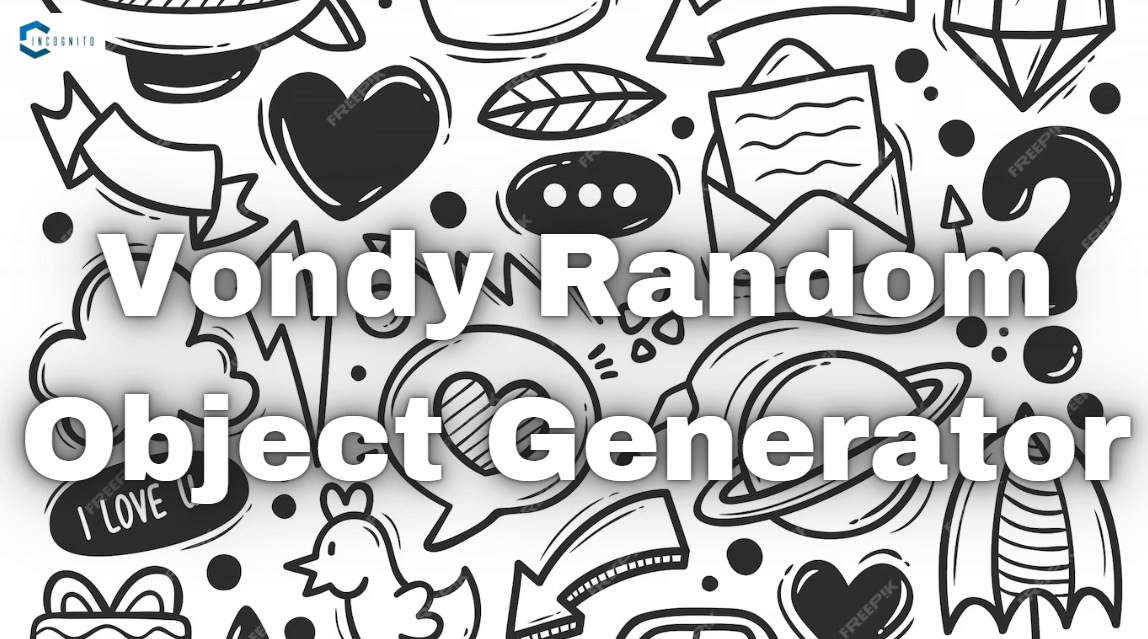
Vondy Random Object Generator
1. Vondy Random Object Generator
The Vondy Random Object Generator is a very easy and basic tool for generating random household items, drawing prompts or a mix of both.
Key Features:
- Generate random objects just by the click of a button.
- Mixes it up between household items, drawing prompts, and other miscellaneous items.
- Easy layout and design.
Pros:
- It is completely free of charge
- It generates lots of random objects
- Very easy to use
Cons:
- Limitations to customization.
- No option to save or share created objects
Price: Free
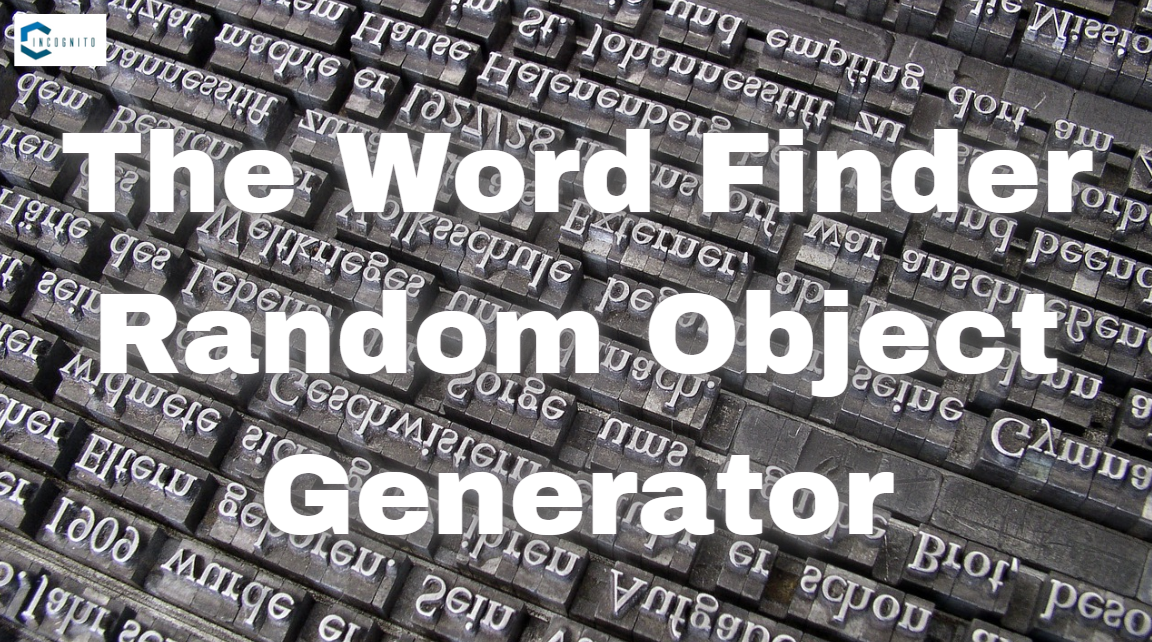
The Word Finder Random Object Generator
2. The Word Finder Random Object Generator
Word Finder offers a more advanced random object generator that can be configured to create certain types of objects, by length, starting/ending letters, number of syllables, etc.
Key Features:
- Generation of one or many random objects simultaneously.
- Permits filtering by word length, starting/ending letters, syllables, and more.
- Defines the words generated that the user is unfamiliar with.
- Saves objects generated earlier.
Pros:
- Customizable
- Defines unknown words
- Save generated objects for later use
Cons:
- Customization options might be over complicated
- Definitions of the words are very shallow and don’t provide much of the context
Pricing: Free
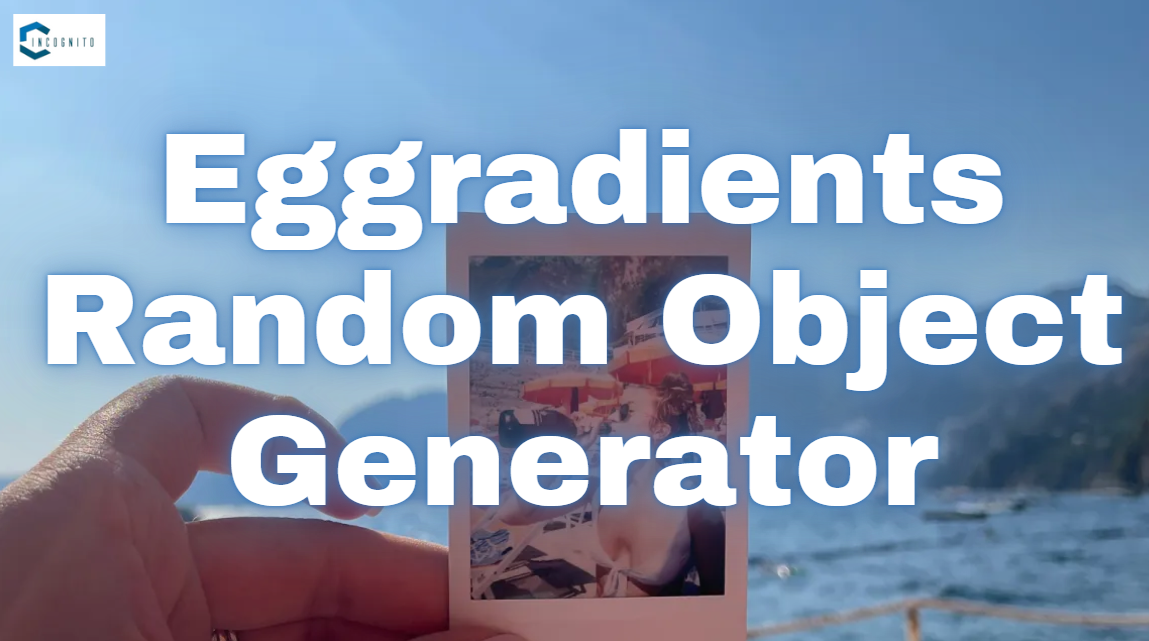
Eggradients Random Object Generator
3. Eggradients Random Object Generator
The Eggradients’ random object generator is designed for artists and those into drawing practice. Each press of a button generates random objects.
Key Features:
- Generates random objects for drawing practice
- Provides brief explanation of the importance of the random objects for creativity
- Overly simplistic, very user-friendly; even a child could use it
Pros:
- Very specific to artists and drawing
- There are a few words of explanation that give some loose context as to what’s going to be done with the random object
- So easy to use
Cons:
- This tool literally only generates random objects; there are no other features otherwise
- There’s no way of tailoring or tweaking the random objects to be generated
Pricing: Free
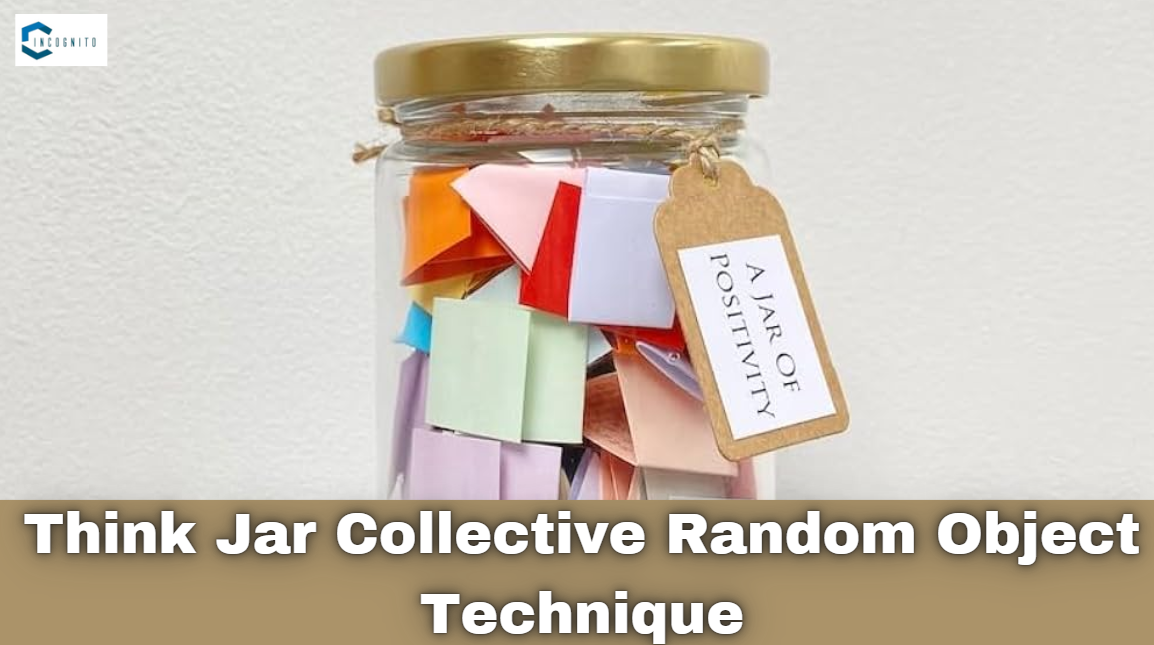
Think Jar Collective Random Object Technique
4. Think Jar Collective Random Object Technique
Well, Think Jar Collective’s Random Object Technique is a creative process and not a generator. It involves the selection of random words, their characteristic listing, and then forcing connections among the characteristics and the problem you want to solve.
Key Features:
- The method provides a step-by-step process for using random objects to spark creativity.
- Suggests that you retrieve five random words at a time.
- Encourages listing characteristics of each word. Then, forcing connections to the problem.
Pros:
- Structured process to help utilize random objects effectively
- Focuses on connections to the problem
- Motivates both sides of the brain (listing characteristics and drawing)
Cons:
- More of a technique than a simple generator tool
- Takes more time and work than just clicking a button
- Does not provide any random words or objects itself
Pricing: Free
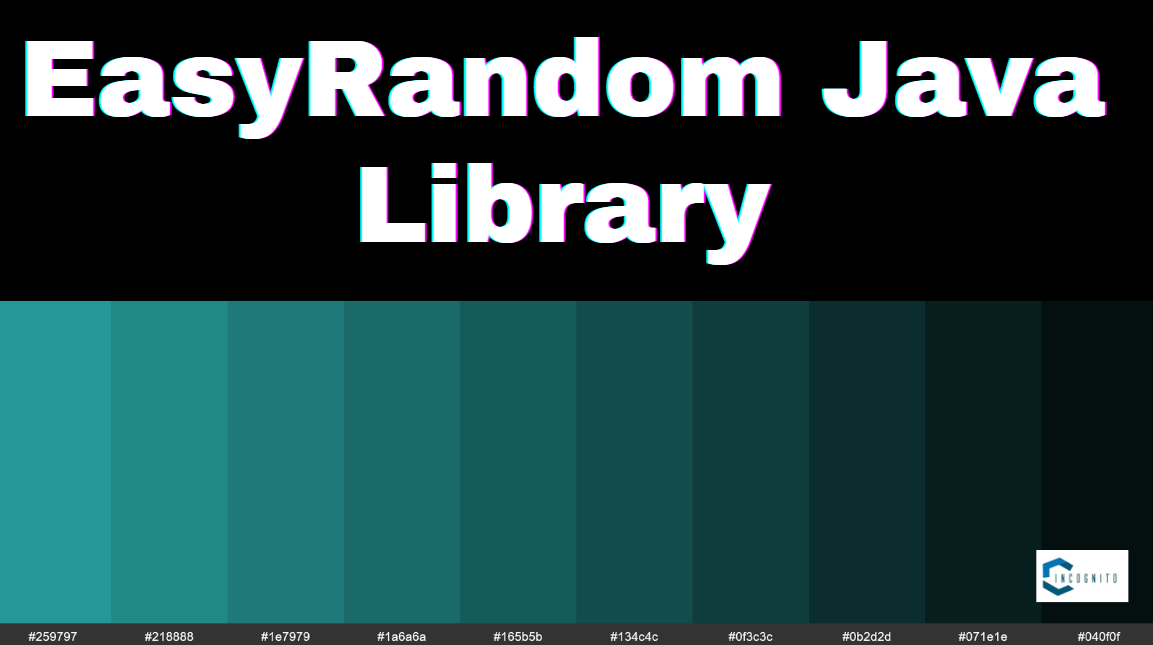
EasyRandom Java Library
5. EasyRandom Java Library
EasyRandom is a Java library that is basically used to build random Java objects for testing purposes. This is not a web-based tool but a library that needs to be implemented in Java-based projects.
Key Features:
- EasyRandom is used to generate random java objects with nested objects and collections.
- Supports generation of custom objects along with annotations.
- Random data generation configuration with Fluent API.
Pros:
- Very powerful and flexible for Java developers.
- Can support complex objects structures.
- It is possible to fully customize the generated data.
Cons:
- Not a very user-friendly web tool. It requires some knowledge of Java development.
- Generation of data only, with no creative prompts or exercises
Pricing: Open source, free to use
Click here to know more

Most Popular uses of Random Object Generators
What are the most popular uses for random object generators?
Random object generators can be quite versatile tools that could help kick-start your imagination and have several uses in many different fields.
Here are the most popular uses for a random object generator:
1. Art and Drawing Prompts:
Random object generators are mainly meant to generate objects for the purposes of assisting artists and illustrators whenever they need an instance of inspiration. Random objects can be generated to lay a creative challenge to the artist to draw or paint the objects that appear, expected or unexpected. This can be a great way to break through creative blocks and inspire different styles and techniques.
2. Writing Prompts:
Random object generators can be a great help to writers. It is possible for these to generate very unique objects that will prompt a story, poem, or even an essay. This helps a writer explore fresh ideas on random items and hence helps in improving creativity.
3. Games and Activities:
These types of random object generators can be implemented for various entertainment and educational activities and games. For instance, teachers can use these tools to make the class more entertaining by brainstorming or simply adding fun by generating random objects and asking kids to come up with their uses and integrate them into some creative projects.
4. Brainstorming:
Random object generators can be very useful in professional settings, especially for the purpose of brainstorming. It’s about guiding teams toward the exploration of ideas and perspectives that they could have never thought of if the random objects got thrown in while discussing. This might be very relevant to design thinking processes or product development.
5. Creative Problem Solving:
Maybe random object generators can further help the process of creative problem-solving by forcing out-of-the-box thinking. The users could come up with new solutions and ways by forcing their minds to make connections between random objects and the described problem.
Conclusion
The most random object generators can boast the greatest strengths and use cases. Vondy and Eggradients are great places to look for something really simple and straightforward. The Word Finder provides a bit of more advanced use. Think Jar Collective provides one with a very organized creative process. EasyRandom is going to be very useful to Java developers.
Ultimately, the best random object generator will depend on your specific needs and goals. If you are an artist and in need of drawing inspiration, Eggradients is good for that. Think Jar Collective’s technique is much helpful in using random objects in solving problems. And if you really need to generate random data for testing Java applications, then EasyRandom is the library that should be in your toolbox.
Related: Interested in Software? Know them here:
- Payroll Software
- Employee Monitoring Software
- Flamingo7 Sweepstakes Software
- Top 15 Software Development Companies in Australia
- Top Features of Pay-Per-Head Bookie Software



